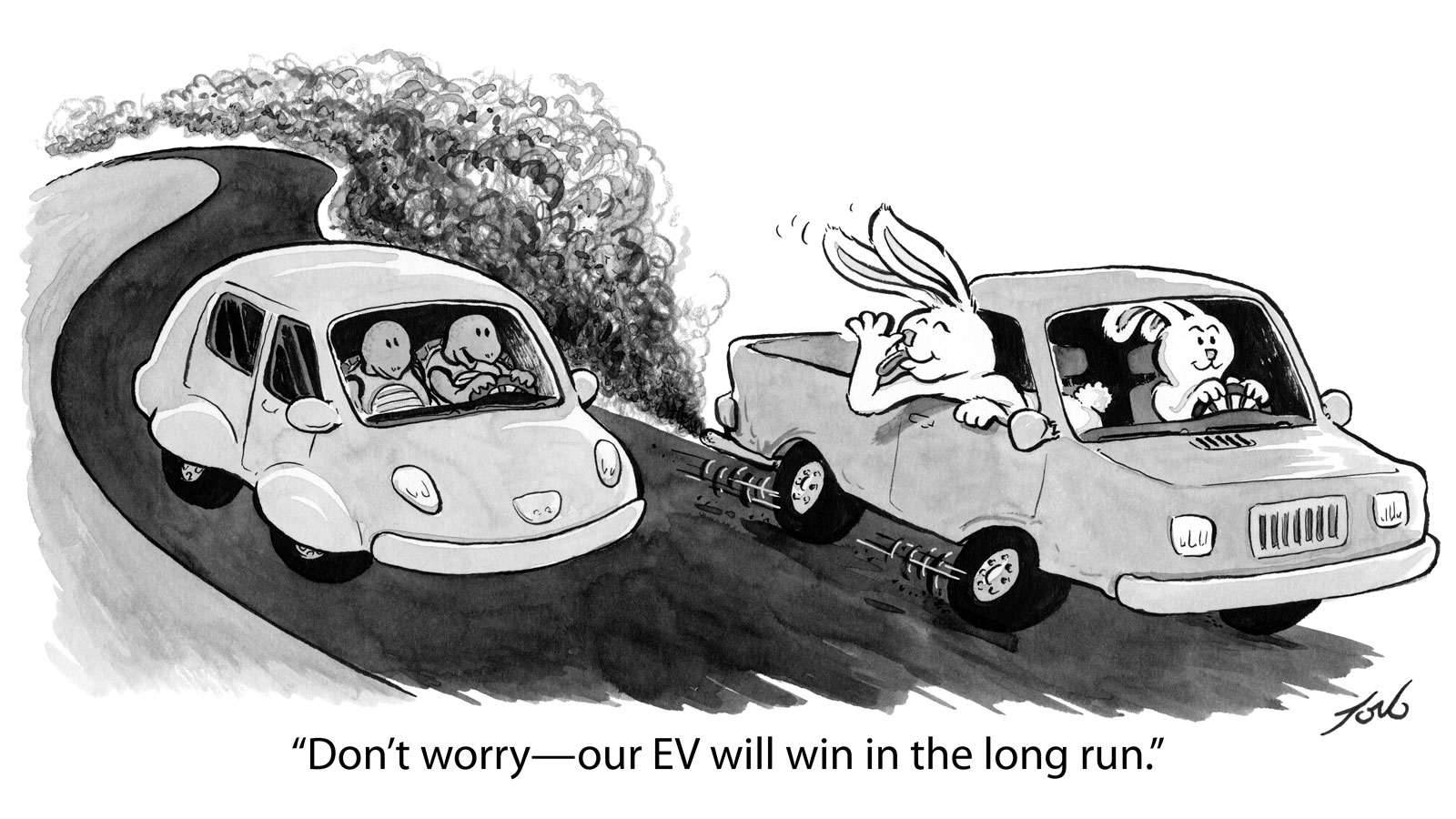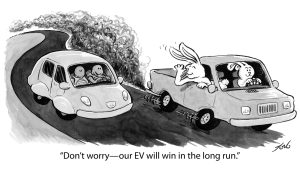In
the realm of backup power solutions, homeowners and businesses often find
themselves choosing between traditional generators and modern solar systems
with battery backup. While both options provide energy security during outages,
their long-term costs and benefits differ significantly. In this case we are looking at a larger, whole-home sized generator and comparing it to a solar system that produces as much or more power. See table below for comparison of costs, savings and benefits.
Sunk Cost vs Investment
Note that the
generator is a sunk cost, basically designed as insurance for power outages. It
can avoid food loss from refrigerators/ freezers, operate emergency appliances,
and maintain comfort. The best situation is if the power never goes out, and
the generator is never used (except for required maintenance).
The solar+battery
investment assumes Net Metering with the power company. All the power produced
is used directly or transferred out to the power grid. The savings, in this
case, is $150 per month of locally produced solar power making this an
excellent investment for a homeowner (especially with the 30% Federal renewable
energy tax credit). It is a crazy profitable investment for a business because
they also get the benefits of depreciation which reduces their income (and
therefore provides a tax “shield”).
Oh, and
solar+battery provides an uninterruptible battery backup solution for outages.
Think of the UPS that you hook computers and sensitive equipment to in the
office.
Initial Investment
A typical
whole-home generator costs around $20,000 installed, offering immediate
backup power during outages
In contrast, a
solar system with battery backup may require a higher initial investment of
about $35,000, before tax benefits.
However, this
upfront cost difference doesn’t tell the whole story.
Long-Term Financial Impact
Generator Costs
Over a 20-year
lifespan, a whole-home generator’s total cost, including fuel and maintenance, can reach
approximately $32,138 in net present value
This calculation
factors in weekly test runs, monthly usage for backup, and annual maintenance
costs.
Solar System Benefits
A solar system
with battery backup, while more expensive initially, offers significant
long-term savings:
- Electricity
Bill Reduction:
The system can potentially save $1,800 annually in electricity costs, with
savings increasing as energy prices rise - Tax
Incentives:
A 30% federal investment tax credit substantially reduces the initial cost - Return
on Investment:
Over 25 years, the system could generate a total savings of $66,821,
resulting in a 172.74% ROI
Business Advantages
For businesses,
particularly incorporated farms, the financial benefits of solar are even more
pronounced:
- Accelerated
Depreciation:
Using Section 179 depreciation, businesses can deduct 85% of the system’s
cost in the first year - Enhanced
ROI:
With tax benefits, the effective cost drops to $16,170, boosting the ROI
to an impressive 313.24% over 25 years
Environmental Impact
Solar systems
offer the added benefit of reducing carbon footprint, aligning with growing
environmental concerns and potentially improving corporate image.
Conclusion
While generators
provide reliable backup power with a lower initial cost, solar systems with
battery backup offer superior long-term financial benefits and environmental
advantages. For homeowners, the choice may depend on immediate budget
constraints versus long-term savings. For businesses, especially those able to
leverage tax benefits, solar presents a compelling financial case, combining
energy independence with significant cost savings over time.
Comparison of Major Factors in Whole Home Generator vs Solar+Battery
|
Factor |
Whole-Home |
Solar System |
|
Initial Cost |
$20,000 |
$35,000 |
|
Net Cost After |
$20,000 |
$24,500 |
|
Lifespan |
20 years |
25 years |
|
Net Present |
-$32,138 |
+$42,321 |
|
Return on Investment |
N/A (cost only) |
172.74% |
|
Annual Operating |
$974 (fuel + |
Minimal |
|
Energy Bill |
None |
$1,800 in first |
|
Payback Period |
N/A |
~11-12 years |
|
Environmental |
Produces |
Clean energy, |
|
Maintenance |
Regular |
Minimal |
|
Fuel Dependent |
Relies on |
No fuel required |
|
Tax Incentives |
None |
30% federal tax |
|
Power |
Daily energy |
Daily energy |
|
Scalability |
Limited |
Expandable (add |
|
Lag-time when |
Almost |
Several seconds, |
* There is a 30% tax refund
or “rebated” for most nonprofits. Nonprofits would generally have the same
advantages and ROI as the homeowner. See IRS.gov for qualifying orgs.





